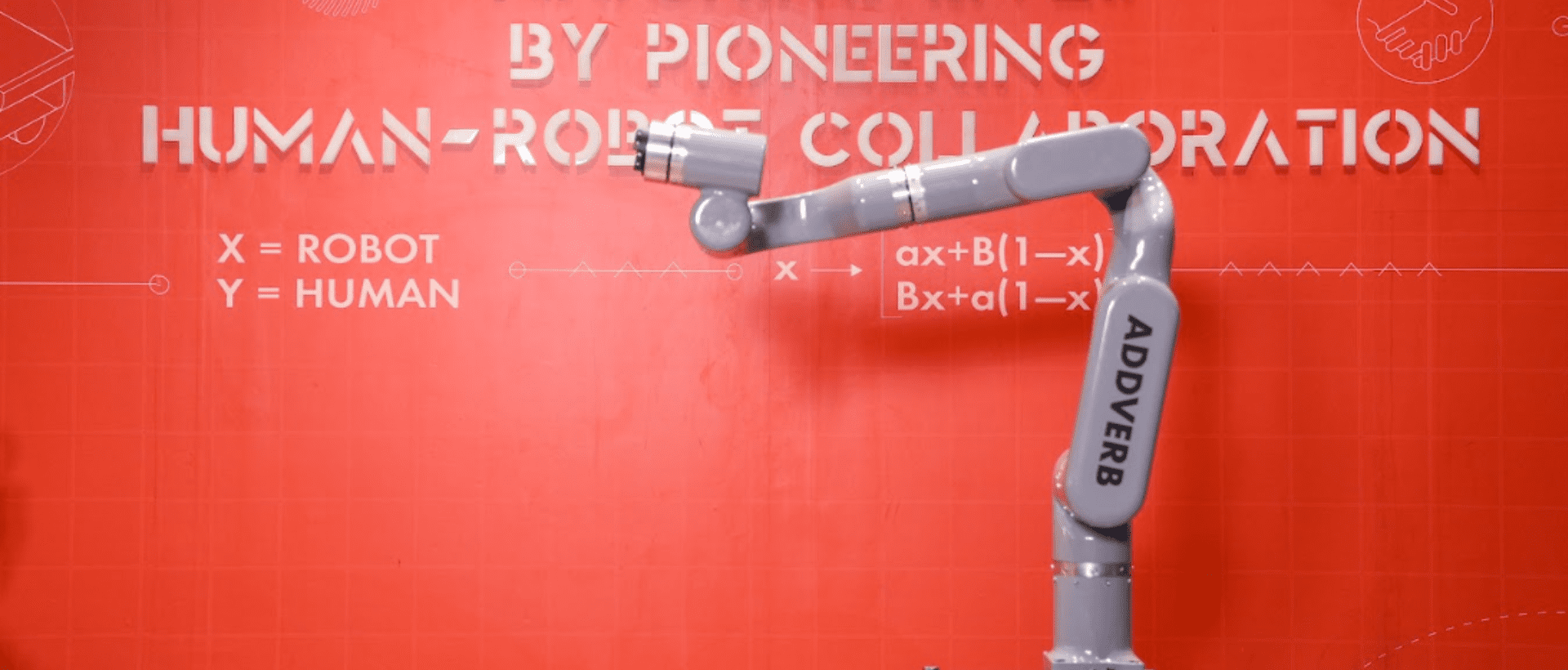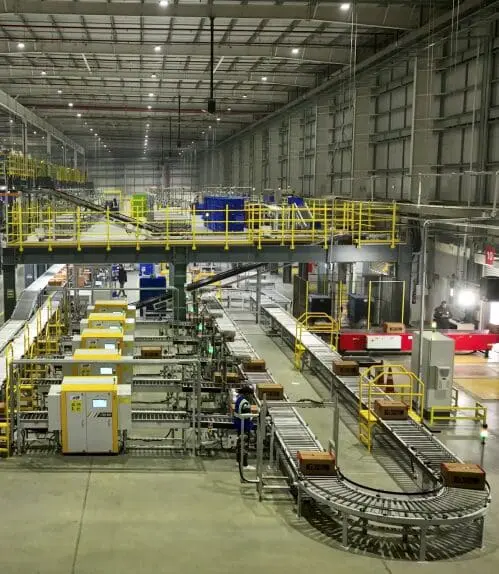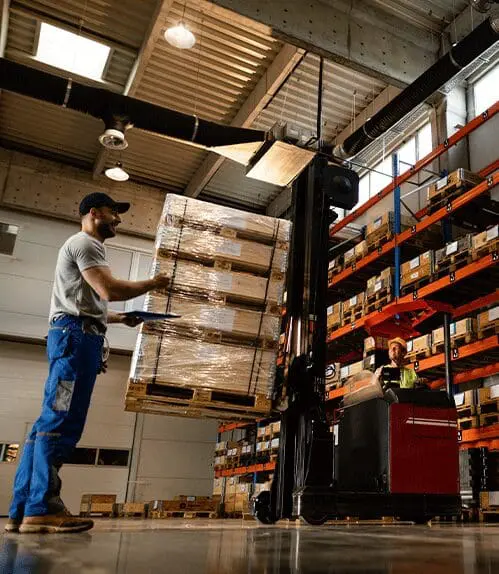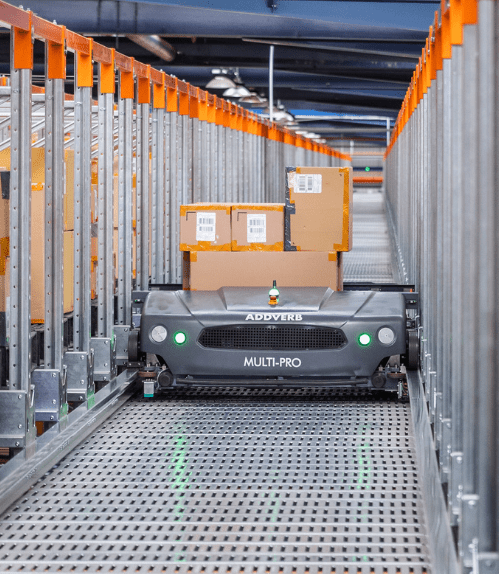In the fast-paced world of logistics and supply chain management, the pursuit of efficiency and productivity is never-ending.
The latest innovation that has captured the industry’s attention is the emergence of collaborative robots. Unlike traditional robots, these are designed to work alongside human employees, combining automation and human flexibility in warehouse operations. But what exactly makes cobots the next big thing in warehouse automation?
Let’s explore their unique advantages and transformative potential.
The global Collaborative Robot market share was valued at USD 1.9 billion in 2024 and is estimated to reach USD 11.8 billion by 2030, registering a CAGR of 35.2% during the forecast period.
What are Cobots?
These robots are specifically created to collaborate with humans in a shared workspace. They are equipped with advanced sensors, machine learning algorithms, and safety features that enable them to operate safely near people. Unlike traditional industrial robots, which are often enclosed in cages for safety reasons, These are designed to enhance human capabilities rather than replace them.
Syncro, the collaborative robot by Addverb, streamlines your workflow with precision and efficiency.
Key Advantages of Collaborative Robots
Enhanced Safety
One of the most significant benefits is their built-in safety mechanisms. These robots can detect human presence and adjust their actions to avoid accidents, making them well-suited for environments where human and machine interactions are frequent.
Ease of Integration
Cobots are generally easier to program and deploy compared to traditional robots. They can often be set up without the need for extensive reconfiguration of existing workflows. This ease of integration means that businesses can start reaping the benefits of automation more quickly and with less initial investment.
Cost-Effectiveness
The initial cost is typically lower than that of traditional industrial robots. Moreover, their ability to work alongside humans can reduce labor costs without eliminating jobs, allowing for a more gradual and socially responsible transition to automation.
Flexibility and Versatility
Cobots can be easily reprogrammed and adapted to perform a variety of tasks. This flexibility is crucial in a warehouse setting where the nature of work can change rapidly. From picking and packing to palletizing and inspection, cobots can handle diverse tasks with minimal downtime.
Scalability
As businesses expand, their automation needs also grow. Cobots offer a scalable solution that can evolve with the company. New units can be added as needed, and existing ones can be reprogrammed to meet changing demands.
For more information and detailed insights, make sure to explore our other blog posts.
Challenges and Considerations
Despite their compelling benefits, the adoption comes with its challenges. Integrating them with existing systems can be complex, and there is a learning curve associated with programming and maintaining these robots. Additionally, businesses must navigate the cultural shift that comes with introducing automation to the workforce, ensuring that employees are trained and comfortable working alongside their robotic counterparts.
How do they add value?
Many businesses at the early stage of automation see cobots as a way to take the next step. They are easy to program, cost-effective, safe to work alongside humans, and can be quickly redeployed for different processes. They play a big role in Industry 4.0 and are used for various tasks like pick and place, finishing tasks, and quality inspection. This technology is at a tipping point and will transform automation trends.
The Future in Warehousing
The future looks promising for cobots in the warehousing sector. As technology advances, cobots will become more sophisticated, offering even greater capabilities and efficiencies. Their role will likely expand beyond simple repetitive tasks to more complex operations, further blurring the lines between human and machine collaboration.
Conclusion
These Robots represent a significant advancement in warehouse automation. Their ability to work safely and effectively alongside humans, combined with their cost-effectiveness and flexibility, positions them as a pivotal technology for the future of logistics. As businesses continue to seek ways to optimize their operations, cobots will undoubtedly play an increasingly central role in shaping the warehouses of tomorrow.
FAQ
What is a cobot?
A collaborative robot, works alongside humans in shared spaces, offering easy programming and safe interaction.
How do cobots differ from traditional robots?
These are user-friendly, cost-effective, and safe to use without extensive safety guards, unlike traditional robots that require isolation.
What tasks can cobots perform?
Can handle tasks like pick and place, finishing, processing, packaging, palletizing, and quality inspection.
How are cobots programmed?
Uses intuitive interfaces, allowing users to move the arm and use touchscreens, often enhanced with AI for quick adaptation.
Are cobots safe to use alongside humans?
Yes, they have safety features like force sensors that stop operation upon encountering obstacles.
What industries use cobots?
Industries like automotive, electronics, food and beverage, pharmaceuticals, and logistics benefit from cobots.







